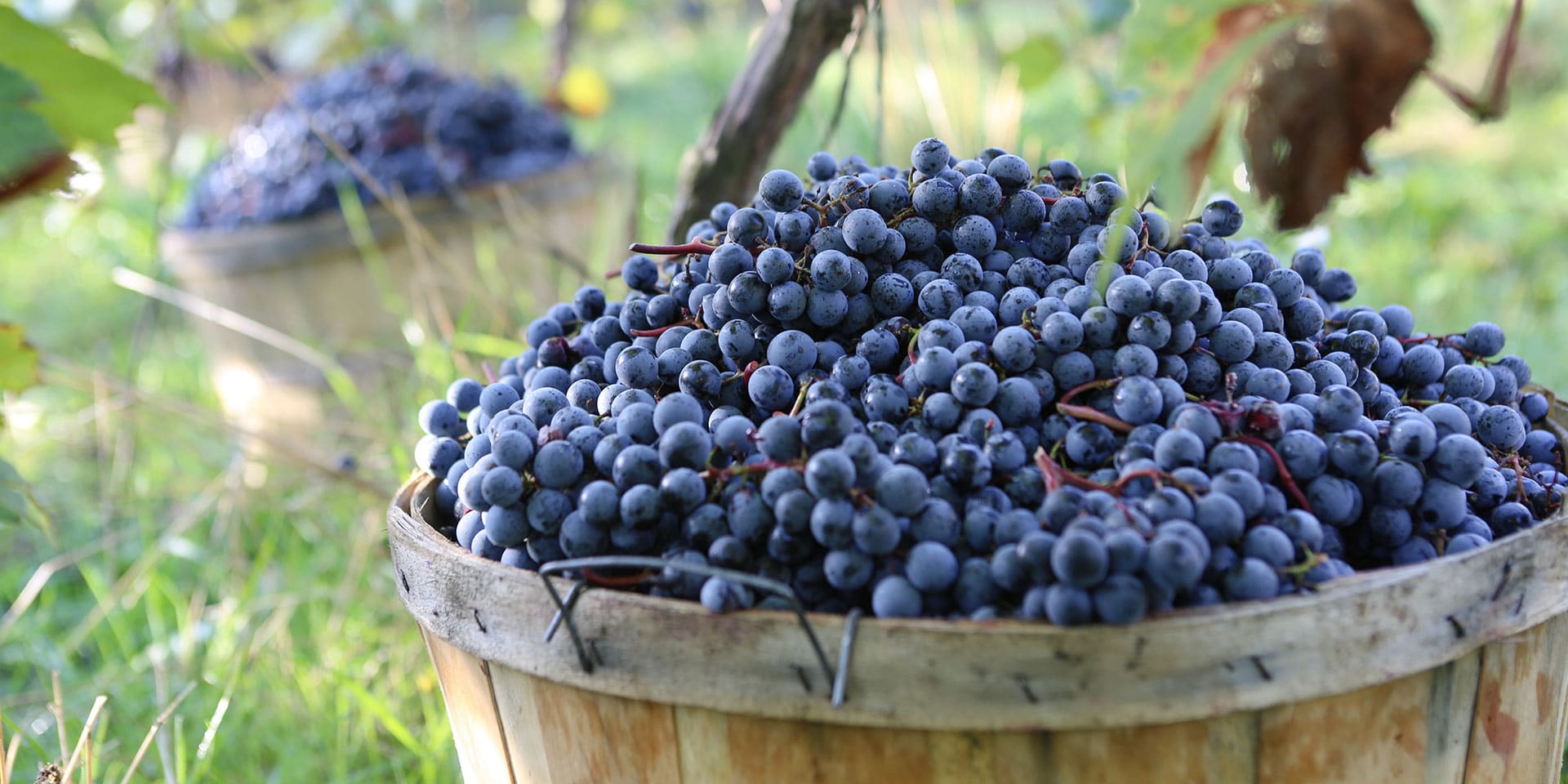The concept of wine country in North America has expanded beyond the Napa Valley and Northern California, as various regions have embraced winemaking and signature styles of wine. Whether you’re a local — or a first-time visitor — you’re going to want to raise a glass in these swirling centers of viticulture.
As always, check for travel guidelines and closures before planning your trip.
Washington, D.C.
The grapes from Loudoun County, Virginia, often garner comparisons to those from the most highly esteemed European regions. Located west and a bit north of Washington, D.C., this fertile region has also been dubbed the “Napa of the East.”
There are enough wineries, including Bluemont Vineyard, Breaux Vineyards, and 8 Chains North Winery, to warrant a dedicated long-weekend tour to this part of Northern Virginia, just an hour outside of D.C. and 30 minutes past Reston.
Seattle
The state of Washington ranks second to California in terms of overall wine production. While most of that grape growing is located in the eastern part of the state, Chateau Ste. Michelle — founded in the early 1930s with the repeal of Prohibition — is just 30 minutes from Seattle.
The state’s original winery offers a number of tours and tastings that typically don’t require advanced bookings.

Twin Cities
While the Twin Cities have earned a reputation for their craft beer scenes, they also offer a cluster of small-batch wineries that can more than hold their own. Alexis Bailly Vineyard, located about 30 minutes southwest of St. Paul, was the first Minnesotan winery and has set the standard for wines that are completely produced in the state.
Other award-winning wineries include Cannon River Winery — take a tour of the winery, or stop by the tasting room in Cannon Falls.
Pittsburgh
Outside of its two biggest cities — Philadelphia and Pittsburgh — much of Pennsylvania is quite agricultural, leaving the southwest region of the state ripe for winemaking.
While the Narcisi Winery, housed in a structure reminiscent of a Tuscan villa and noted for its Sogni D’oro and Bel Sogno dessert wines, is the most notable winery closest to Pittsburgh (about 15 miles away), a wine trail runs through the entire southwest section of the state, featuring spots like the hip and modern Glades Pike Winery.

Central North Carolina
North Carolina has proclaimed itself the only place in the world where every major type of wine grape grows well — and has done so for several centuries. At the Raffaldini Vineyards and Winery, for example, located within a two-hour drive of Asheville, Charlotte, and the Research Triangle, winemaking has been in the family for generations.
The vineyard’s Vermentino, which yields a medium-bodied white wine, was the first of its kind to be planted on the East Coast of the U.S.
Texas Hill Country
Texas’ Hill Country — the 25-county-strong region that includes cities like Austin, San Marcos, San Antonio, and New Braunfels — is home to dozens of diverse wineries.
Grape Creek Vineyards in Fredericksburg, dubbed “Tuscany in Texas” and located within 70 miles of both San Antonio and Austin, has won more than 100 awards, while Austin’s Fall Creek Vineyards was the first vineyard and winery in the Hill Country.

Toronto
Cooler climates have been known to produce some of the most complex varieties of Pinot Noir, Chardonnay, Riesling, and Cabernet Franc. In Toronto, there’s a huge movement to raise the profile of Canadian wines in those styles.
Additionally, many Ontario wineries (primarily on the south side of Lake Ontario closer to Niagara Falls) have capitalized on the region’s frozen winters by manufacturing the delicacy known as Icewine, a dessert wine made from grapes that have frozen naturally on the vine.




